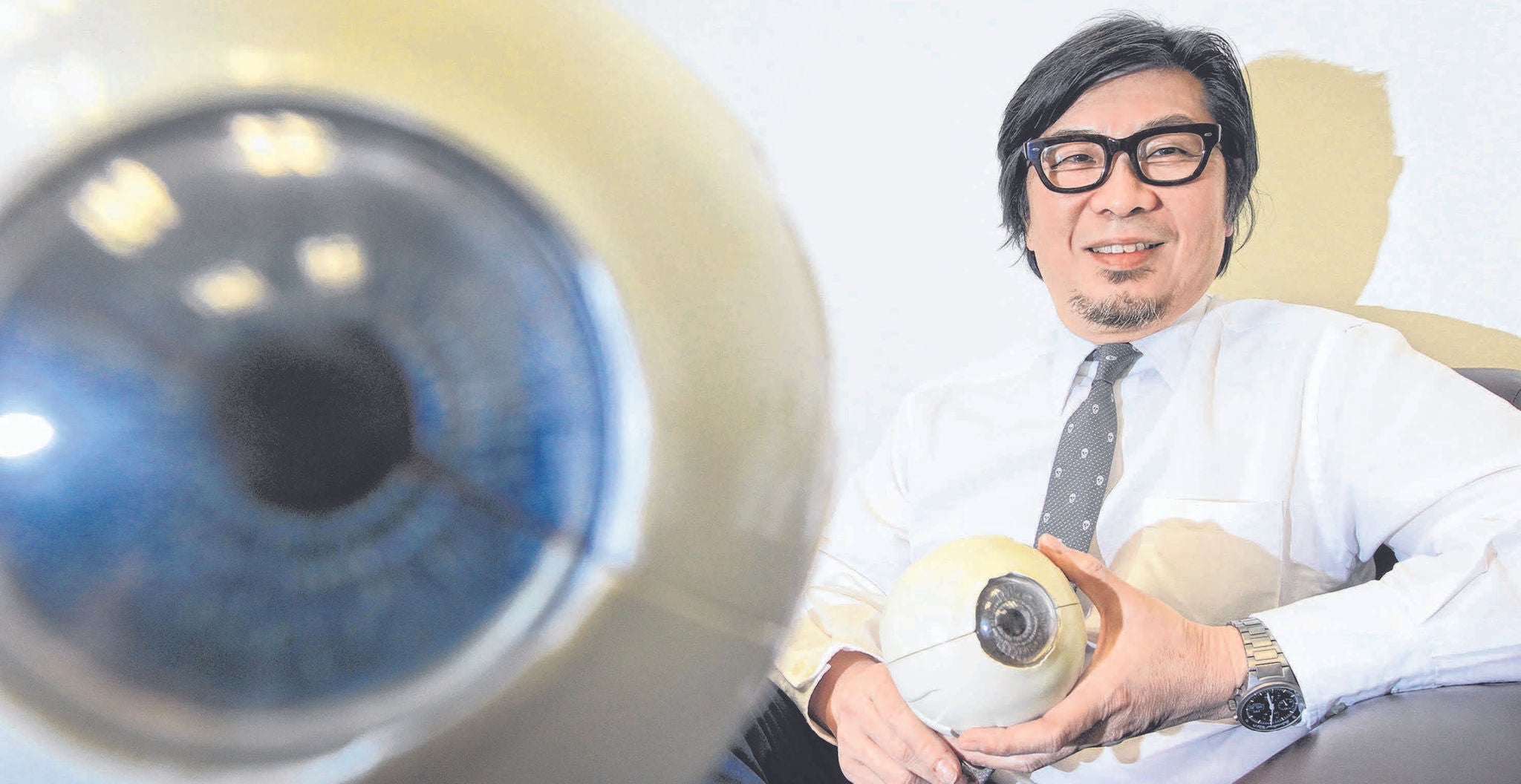
But it is still not enough as demand continues to grow
Last year, the Singapore Eye Bank (SEB) saw a record high of 236 cornea donations, thanks to the significant improvement in the public’s perception of cornea donation. Yet Professor Donald Tan, SEB’s medical director, remains unsatisfied. This is because demand for corneas continues to grow, and the supply is not matching up, he told The New Paper.
“This is partly due to Singapore’s increasing elderly population.
“The most common (reason) for a cornea transplant in Singapore is cornea ageing in the elderly, where the cornea gradually turns cloudy as corneal cells die off from old age,” Prof Tan said.
Every year, 400 to 500 cornea transplants are performed here.
At any one time, there are 20 to 30 Singaporean patients on the national corneal transplant waiting list, with a waiting period of a few weeks. In the first quarter of this year alone, 156 transplants were performed, of which only 47 per cent involved corneas donated locally.
The remaining 53 per cent relied on corneas from international eye banks in countries such as Sri Lanka and the US. Also, a third of the transplants performed here are for non-Singaporean patients who fly in to have the procedures. Said Prof Tan: “In general, non-Singaporeans are not eligible to receive local corneas donated by Singaporeans, so SEB procures foreign corneas for these foreign patients.”
Corneas are harvested from a deceased person only if his family members agree to the donation, as mandated by the Medical (Therapy, Education and Research) Act.
SEB’s counsellors first meet up with the family members to explain the need for corneas in Singapore.
If they consent to it, an SEB cornea team — an eye surgeon and a trained SEB transplant coordinator — will immediately perform the eye harvesting procedure.
HARVESTING PROCESS
Myths about cornea donations, while less common today, are an impediment to donations.
Contrary to popular belief that it takes a long time, the harvesting process is only about 30 minutes. Only the corneas are removed — rather than the whole eyeball — and they are replaced with plastic corneas, said Prof Tan.
For those who are concerned that cornea donation is against their religion, he said the main Buddhist, Muslim, Christian and Hindu leaders here have given their approval.
“All the leaders of these four main religions stated publicly, and officially, that their religions supported organ donation fully. In fact, a formal corneal pledging ceremony involving these religious leaders was publicised,” he said.
Sometimes, family members hesitate about donating a deceased loved one’s corneas as they are unsure of how he felt about cornea donation. Said Prof Tan: “He or she may intrinsically support eye donation, but they just do not know what their loved one would have wanted.”
FRANK DISCUSSION
The SEB therefore advocates eye and organ donation discussion within the family.
“For example, if I have a frank discussion about eye donation with my family and tell them that when I die, I would want my corneas donated, then years later, when I do pass away, my children will know my exact wishes and so the decision is made for them,” he said.
As for those who remain unconvinced about donating their loved one’s corneas or their own, Prof Tan hopes they can think about the few hundred individuals in Singapore who go blind from corneal disease.
Their only hope to see again is a transplant — something that can be achieved only if there are enough corneas donated here.
“This gift of sight is surely a great way of paying it forward... One donor means that two other individuals can benefit and see again,” he said.
Contributed by














 Get it on Google Play
Get it on Google Play